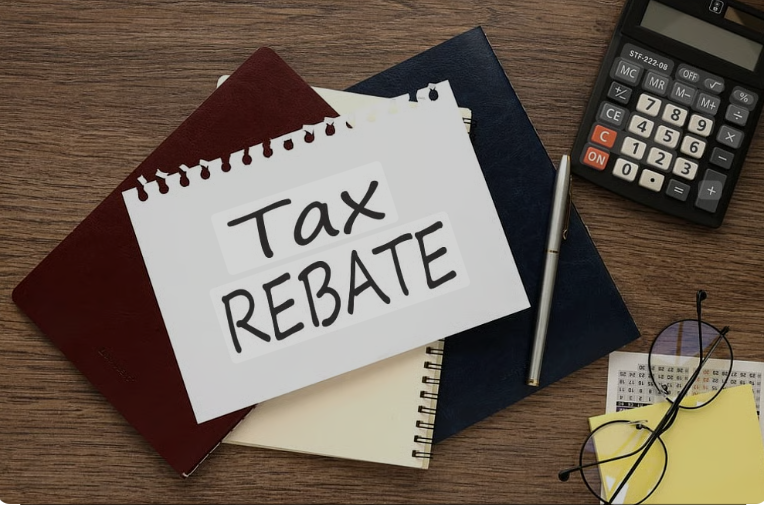Section 87A rebate in India is a tax benefit designed to reduce the tax burden for individuals with modest incomes. This rebate is a boon for salaried and small-income earners. How does it work, and who qualifies? Let’s break it down.
What Is Section 87A Rebate?
Section 87A rebate in India provides taxpayers a direct reduction in their tax liability, making it easier to save money annually. Essentially, if your taxable income is below a specific limit, you qualify for a rebate that reduces your tax payable up to a capped amount. This rebate is particularly helpful for salaried employees, pensioners, and small business owners who fall under the taxable income slab.
The government sets the rebate limit each financial year, and for FY 2024-25, the rebate applies to individuals with taxable income up to ₹5 lakh. The maximum rebate allowed is ₹12,500. For example, if your tax payable is ₹15,000 but your income is below ₹5 lakh, you can claim this rebate and pay only ₹2,500 in taxes. This makes Section 87A a vital tool for tax relief in India.
Eligibility and Key Rules:
Eligibility for the Section 87A rebate depends mainly on your taxable income and residential status. Here’s what you should know:
- You must be a resident individual or an HUF.
- Your taxable income after deductions (under sections like 80C, 80D, etc.) should be ₹5 lakh or less.
- If your taxable income exceeds ₹5 lakh, this rebate will not apply.
For example, if your taxable income is ₹4.5 lakh, and your tax liability is ₹15,000 before the rebate, you can claim ₹12,500 as a rebate. Thus, you only pay ₹2,500 as income tax.
How to Claim the Rebate?
Claiming the Section 87A rebate is straightforward only if you meet the eligibility criteria. When you file your income tax return, the rebate is automatically calculated by the income tax software based on your declared income and tax deductions. But, you should ensure your taxable income is accurately computed after all eligible deductions. Use available tax-saving options like investments under section 80C or health insurance premiums under 80D to reduce taxable income below the ₹5 lakh threshold.
In addition, salaried employees can submit Form 12BB to their employers to ensure correct TDS based on investments and rebates. This also helps in reducing upfront tax deductions from your salary.
Benefits and Recent Updates:
Section 87A rebate in India not only reduces your tax outgo but also encourages taxpayers to declare their income honestly. The government has steadily increased the income threshold for Section 87A rebate over the years to adjust for inflation and rising income levels. Initially set at ₹5 lakh, the limit has now been raised to ₹7 lakh for the current financial year.
If this trend will continue, making Section 87A more beneficial for middle-class taxpayers. Approximately 70% of individual taxpayers benefit from this rebate every year, showcasing its widespread impact. Moreover, taxpayers can combine this rebate with other deductions under Chapter VI-A for better tax planning.
Conclusion:
Section 87A rebate in India offers vital tax relief, enhancing financial flexibility, but requires careful compliance. By understanding its eligibility, limits, and claiming process, taxpayers can reduce their tax liabilities effectively. In addition, combining this rebate with smart tax-saving investments can optimize your finances. Ready to save taxes? Explore more financial insights now!
– Ketaki Dandekar (Team Arthology)
Read more about Section 87A Rebate here – https://cleartax.in/us-87a
